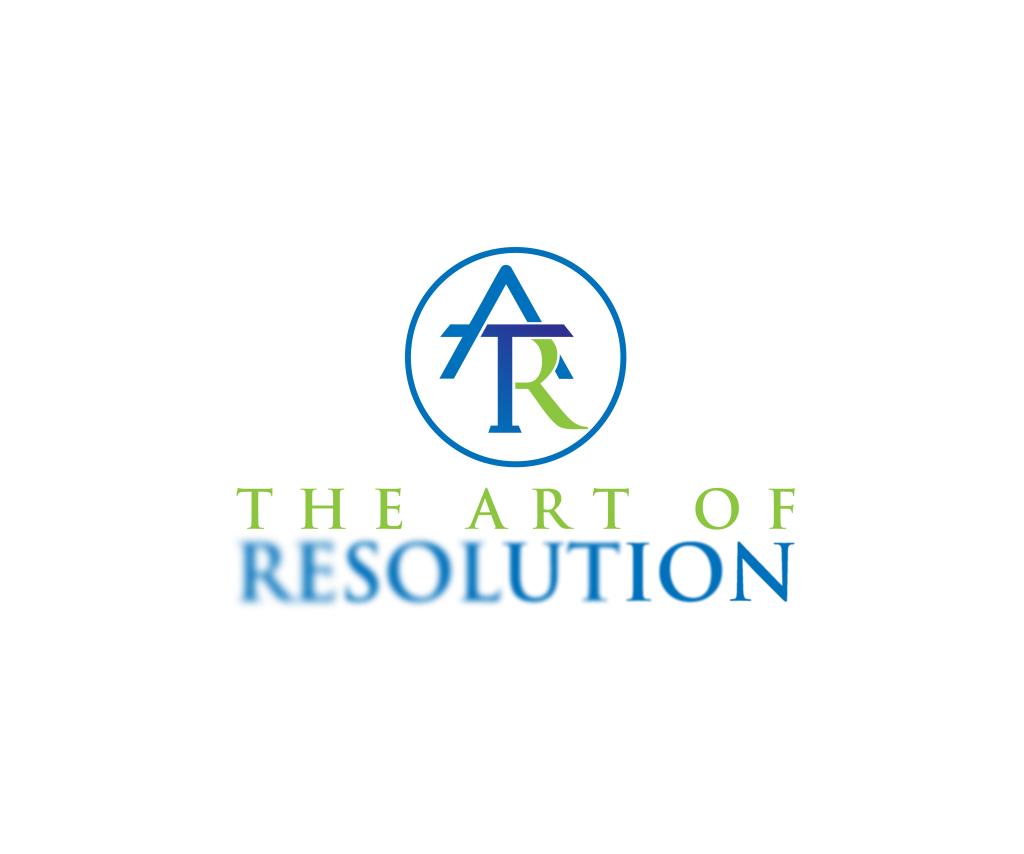by Andrew Flake
In reviewing developments in week one of the Elizabeth Holmes/Theranos trial, a prosecution expected to last for over four months, I immediately thought of the preparation necessary on both sides to deliver their opening statements. Trials like Holmes-Theranos are important not only because of the public discussion they create around important social issues — in this case, the shortcomings of venture capital’s ability to separate real financial performance from performative mythmaking — but for trial lawyers, because they give us data on how robust our jury system is in dealing with high degrees of complexity and volumes of information.
Over those many weeks, the prosecution is going to have to take the jury through years of technology development, public statements, and internal financing, along with Ms. Holmes’ personal motivations and financial status, and the defense, to response and to advance its own narrative, one of which appears to be that Ms. Holmes’ lieutenant and then-boyfriend simultaneously held her psychologically captive and steered her, and thus Theranos, errantly and dangerously.
Given this complexity, whether the parties are allotted an hour or a day for their opening, it is simply not possible to review the entire timetable, or the supporting testimony and exhibits, in any detail — nor, without context, would the jury retain enough for the effort to be worthwhile. The attempt to do so would run into cognitive overload, and beyond a certain point, the additional detail would be lost, or worse, confusing.
Many years ago, I heard this cognitive limitation described as the “coffee cup” theory of argument: the point being that there is only so much a juror, or a judge for that matter, will retain, before the surplus sloshes over the rim, unconsumed and unavailable.

So what are the ingredients of a good, opening statement “cup of coffee”?
I’ll mention just a few here, with reference to the Theranos trial. One is thematic context and understandable case theory. It is the opening whose role it is to provides the jurors, wading into that river of information at the outset of trial, with a bridge to an informed view of the relevant issues and facts at closing. A theme provides high-level emotional resonance and an anchor for content.
For the Theranos prosecution, it is describing hubris, self-centeredness and greed, postulating that Ms. Holmes was driven by desperation over evaporating funding to lie and then lie some more; for the defense team, it is is describing naïvete, and victimization (by circumstances and by Mr. Balwani), and a good-faith but overly ambitious corporate mission to change the world. I’ve not yet seen any transcript of the full opening statements, but from the journalists’ accounts I have seen, both sides seemed to have effectively advance their themes in the opening round.
Another ingredient –we might say, the sugar sweeting the coffee– is that the theory needs to be tied to understandable and relatable stories about people, grounded in human nature. Beyond the issues of whether blood diagnostics worked or how advanced the technology was, are primal greed, and the temptations of a lavish lifestyle. Those aspects of human nature are understandable. So, too, are the challenges of getting caught up in something over one’s head, which is what the defense will say beset Ms. Holmes.
I’ve found this need to tell a story about people is important to jury comprehension — the why of the conduct, and the motivation, to pair with the how of the subject matter. It is as important in a technology case as it is in a criminal fraud matter. Behind a newly-developed manufacturing process may be a covert scheme to subvert operations, and to steal trade secrets; behind a patent is a story of an idea and an inventor or inventors, of competitive overreaching, and so on, through the myriad ways that we relate to each other as human beings living in a complicated world.
And especially in factually-dense commercial cases, there should be some visual anchors, whether they are timelines, or renderings of the technology, or photographs or schematics, that the jurors will see and come back to often, or that are tied to a theme that will be reinforced by other testimony and demonstratives. In the Theranos case, I know the lawyers have skirmished over how much “lifestyle” evidence can come in, filing motions about why or why not private jet flights and expensive hotels and shopping sprees are relevant.
If I were on the prosecution team, I’d want to bring up some of the investor presentations and larger-than-life statements about a healthy company that was apparently just a fiction. On the defense side, there are pictures that show the journey of an idealistic Elizabeth Holmes on her way from young entrepreneur to tech icon, along with as much as can be shown about how the blood-testing technology had early successes and could have had even more.
Opening statements are using these tools — theme-driven case stories, human motivation, and arresting visuals — to prime the jury for the supporting detail at trial. And there’s more to cover later. The subject of opening is a fascinating and rich one, but for now, I think the coffee cup runneth over. Be well.
